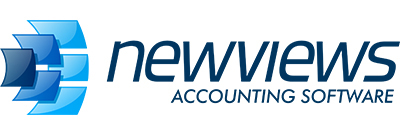Forum Replies Created
-
AuthorPosts
-
DParfett
ParticipantRegardless of what Microsoft say, the botom line is that they don’t provide a driver for DOS programs to work on 64 bit machines. What they do provide (at least in Windows 7) is an XP emulator. I use this myself. It’s ok but then I only use it very Occasionally. Normally I use the Windows NV. What it comes down to is if your going to go for a modern OS, you need a mordern accounting package. That is NewViews 2.
DParfett
ParticipantCertainly. Simply select the purchase invoice journal when entering the transaction in your bank account. This is a simple way of entering cash transactions where there is no vendor involved.
DParfett
ParticipantThere are lots of things that you can do to speed up a machine. One of the bigest bottle necks is the interface between the hard disk and the cpu. Typically, the drivers that are installed are the microsoft ones. These are junk. There should be a CD that came with the server that has Intel drivers for the IDE connection. Next thing to do is to turn off the system restore. When this is on, microsoft keep backing files up before you can access them. Nice idea but a huge performance hit. Lastly, set the performance (Right click on “My Computer, select properties – advanced) to “adjust for best performance”.
DParfett
ParticipantHi Henry,
Think of Tags as a way of partitioning your data. The best example of this is Financial vs Order. When you create a report, one of the items that you have control over is the Tag. Take for example a sales report. You could setup a custom analysis view where column one is set to tag financial and column 2 is set to tag order. In that way, you can see the value of actual sales and future orders.In NV2, you create accounts and place them on reports either by creating the account under one of the nine account types and then assigning the account to a report or by accing the account directly to a report. What numbers that account displays on the report is governed by the tag and date settings of that report.
On to the audit trail.
The audit trail records everything. So yes, I can tell you whena change or deletion occured, who did it, what they did, what macine they did it from and what the transaction looked like before it changed or was deleted. -
AuthorPosts
